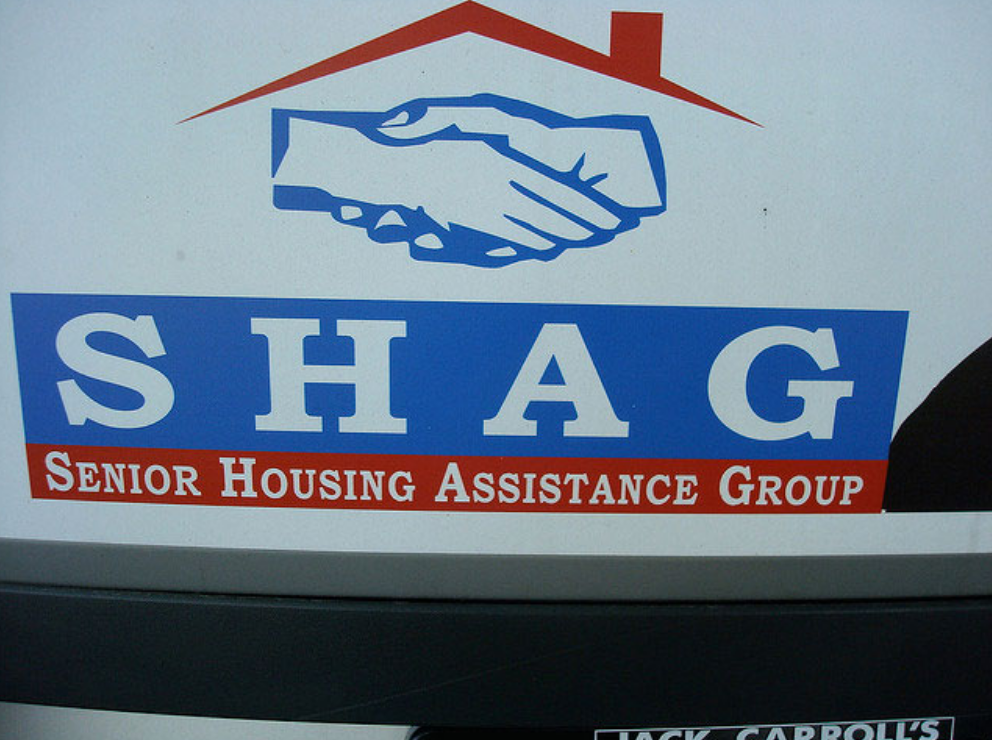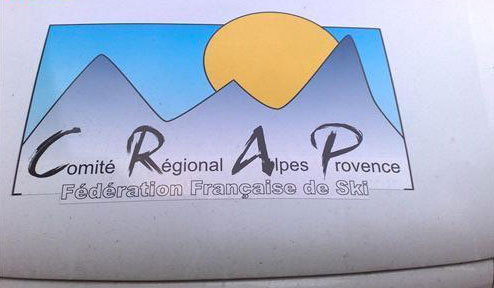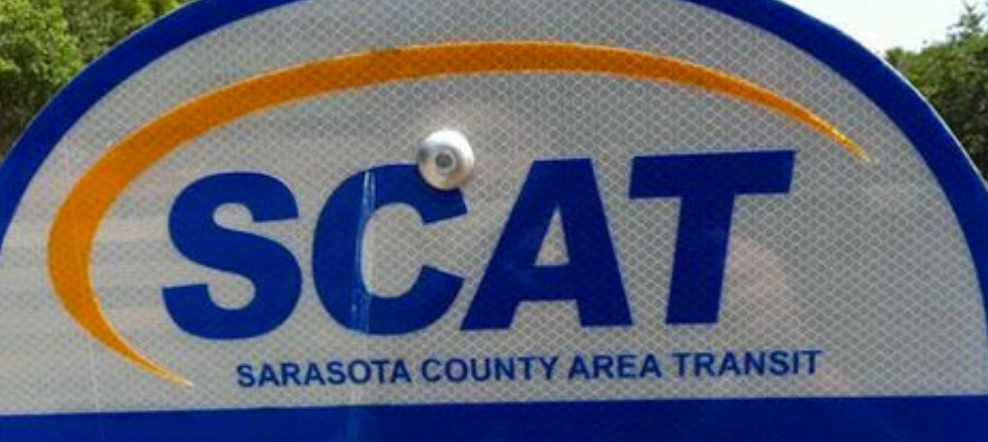Red letter day: why acronyms don’t spell success in naming
I’ve never met an acronym I liked. They are normally a hodge-podge of letters trying to say too much but end up saying too little. So let’s take a quick look at the world of acronyms and see if we can rearrange those letters into something more useful.
Most acronyms are the result of good intentions. Hospitals, schools, and nonprofits tend to use acronyms in an attempt at clearly communicating what they do. These entities are not always in competition with one another like free market businesses, so naming and branding isn’t always a consideration.

These groups want donors. They need to bring in money, and a great way to pull at heartstrings and loosen purse strings is to say who you are and how you’re helping. This is what’s known as cutting to the chase.
A normal name (that is, not an acronym) is less important to them, or so it seems. Some groups believe they will have to explain an evocative name, losing a potential donor in the process. They think there is too wide a gap between good naming and good funding. Not true.
Let’s look at a totally real nonprofit called the Center for Doe-Eyed Puppy Rehabilitation. This nonprofit relies on donor contributions, so they want a simple, descriptive name to appeal to donors. But eight months down the road, they find that the Center for Doe-Eyed Puppy Rehabilitation is too clunky and long, so they shorten it to the C.D.P.R.

Here’s the rub: they still have to explain what C.D.P.R. means to potential donors and a wider audience. They are back at the starting line. They missed an opportunity for a creative and evocative name which would have started building immediate brand recognition and set them apart in the puppy rehabilitation space.

Still the plot thickens.
Someone at the C.D.P.R. has the clever idea to change the name so the acronym spells something cutesy and inspiring. “What if we’re called R.U.F.F.?” they might say. The C.D.P.R., once the Center for Doe-Eyed Puppy Rehabilitation, is now R.U.F.F.— the Rehabilitation Utilization For Fido. And so the Frankenstein’s monster of acronyms and naming was born—the backronym.

I see two problems here. First, companies who use backronyms try to contort language into a lackluster name at the expense of explaining what they do. Second, they still need to explain what those damn letters mean. In the end, you have lost everything and gained nothing.
All of this could have been avoided with good naming.
A good name is meant to draw people closer and get good questions. Even if you need to attract donors or clearly say what you do, naming grabs people’s attention so the rest of the brand can share the burden of communicating information. Although I appreciate what acronyms are trying to do, names couldn’t and shouldn’t carry so much weight. So let’s give acronyms a rest.

